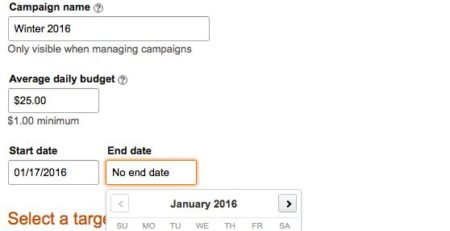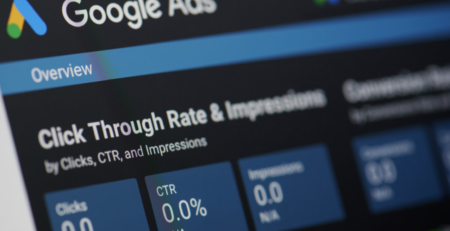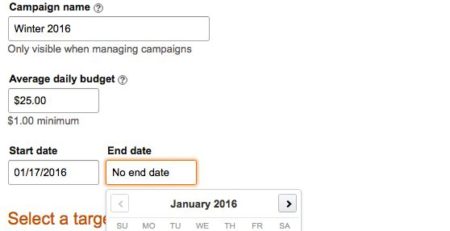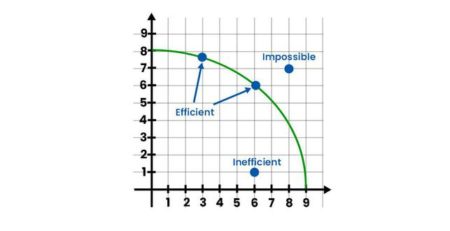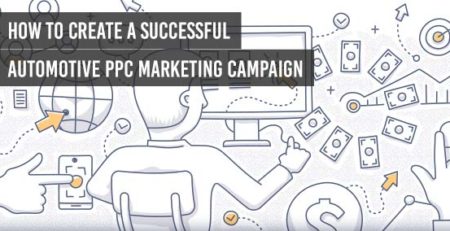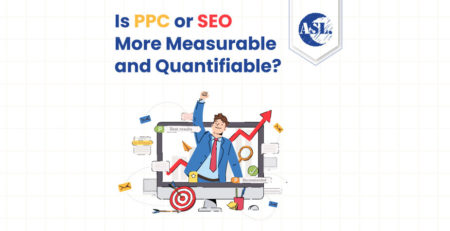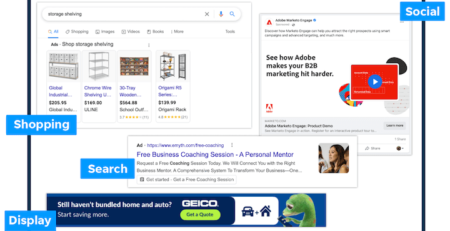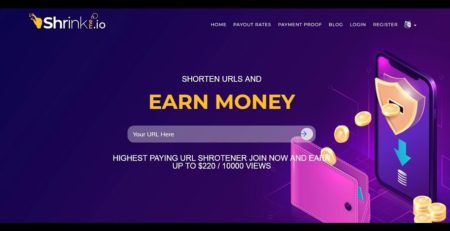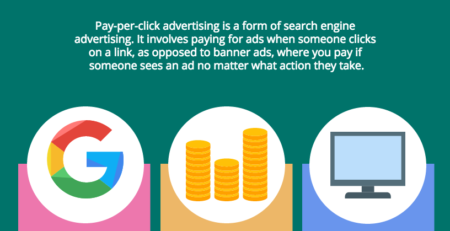Does Adsense Pay Per View Or Click?
Does Adsense pay per view or click? If you’re curious about how you can earn money through Adsense, you’ve come to the right place! Many aspiring website owners and content creators wonder how they can monetize their platforms effectively. In this article, we’ll explore whether Adsense pays for views or clicks, providing you with all the information you need to start earning from your online content.
You might be thinking, “Why does it matter if Adsense pays per view or click?” Well, it’s important to understand the different payment models, as they can have a significant impact on your earnings. Knowing whether Adsense pays per view or per click will help you optimize your strategy and make the most of your online presence.
So, let’s dive in and demystify the question: Does Adsense pay per view or click? By the end of this article, you’ll have a clear understanding of how Adsense pays its publishers and how you can maximize your earning potential. Get ready to unlock the secrets of monetizing your website or content with Adsense!
Wondering how Adsense pays? Adsense primarily pays based on ad clicks, not views. Each time a visitor clicks on an ad displayed on your website, you earn revenue. The amount you earn per click can vary based on various factors. So, focus on creating engaging content that attracts clicks and optimize your ad placements to maximize your earnings. Keep in mind that Adsense policies must be followed to ensure continued payments.
 Does Adsense Pay Per View or Click?
Does Adsense Pay Per View or Click?
Adsense is a popular advertising platform used by website owners to monetize their content. One of the most common questions asked about Adsense is whether it pays per view or per click. In this article, we will explore the payment structure of Adsense and provide you with all the information you need to understand how you can earn money through this platform.
How Does Adsense Work?
Before we dive into the payment structure of Adsense, let’s first understand how the platform works. Adsense is a program offered by Google that allows website owners to display ads on their sites. These ads are generated based on the content of the website, and website owners earn money whenever visitors click on these ads or, in some cases, when they simply view the ads.
Pay Per Click (PPC)
Adsense primarily operates on a pay-per-click (PPC) model. This means that website owners earn money each time a visitor clicks on an ad displayed on their site. The amount earned per click can vary widely depending on factors such as the advertiser’s bid for the keyword, the relevance of the ad to the website’s content, and the overall performance of the ad campaign. PPC is a widely used and popular advertising model because it provides a direct measurement of engagement and allows advertisers to reach a highly targeted audience.
Website owners can expect to earn varying amounts per click, generally ranging from a few cents to a few dollars. The actual earnings will depend on factors such as the industry the website operates in, the amount of traffic the site receives, and the quality of the ads being displayed. Adsense provides transparent reporting and analytics tools to help website owners track their earnings and optimize their ad placements for better performance.
Pay Per View (PPV)
In addition to the PPC model, Adsense also offers a pay-per-view (PPV) option for certain types of ads. With PPV, website owners earn money based on the number of impressions or views an ad receives, rather than on the number of clicks it generates. PPV ads are typically used for display-oriented formats, such as banner ads or video ads.
The earnings from PPV ads are typically lower than those from PPC ads, as advertisers are not paying for direct engagement. However, PPV can still be a viable option for website owners, especially if they have a large and engaged audience. It’s important to note that not all ads available through Adsense offer the PPV option, and it largely depends on the advertiser’s preferences and campaign goals.
Choosing the Right Ad Format for Your Website
When deciding whether to focus on PPC or PPV ads, it’s important to consider the nature of your website and the preferences of your audience. If your website receives high traffic but users are less likely to click on ads, PPV ads may be a better option for you. On the other hand, if your audience is highly engaged and more likely to interact with ads, PPC ads could be more rewarding.
Ultimately, experimenting with different ad formats and analyzing the performance metrics provided by Adsense will help you determine the best approach for maximizing your earnings. It’s important to keep in mind that earning money through Adsense requires a combination of factors, including the quality of your content, the relevancy of the ads to your audience, and the overall user experience of your website.
Conclusion
Adsense offers both pay-per-click and pay-per-view options for website owners to earn money through displaying ads. The pay-per-click model is the most common and allows website owners to earn money each time a visitor clicks on an ad. The pay-per-view model, on the other hand, pays website owners based on the number of views an ad receives. Choosing the right ad format for your website depends on factors such as the nature of your audience and the level of engagement with the ads. Experimenting with different ad formats and analyzing performance metrics will help you optimize your earnings through Adsense.
Key Takeaways: Does Adsense Pay Per View or Click?
- Adsense pays per click, not per view.
- Advertisers pay Google whenever someone clicks on an ad.
- Clicks are more valuable to advertisers as they indicate user engagement.
- Views are important for ad impression metrics but do not generate revenue.
- Earning with Adsense requires driving traffic and encouraging clicks on ads.
Frequently Asked Questions
Welcome to our FAQ section on Adsense payments! Here, we’ll address some common queries regarding whether Adsense pays per view or click. Learn more about this popular advertising program and how it works.
1. How does Adsense determine payments?
Adsense primarily pays through a cost-per-click (CPC) model. This means that you earn money when visitors to your website click on the ads displayed. The amount you receive per click can vary depending on factors such as the advertiser’s bid, ad relevancy, and the quality of your website’s traffic.
While Adsense predominantly uses the CPC model, it’s worth noting that there are other factors that can influence your earnings. For instance, if you have a high volume of page views but few clicks on your ads, you may earn revenue through cost-per-impression (CPM) ads. However, keep in mind that CPM ads generally yield lower earnings compared to CPC ads.
2. Can I earn money from Adsense without clicks?
Yes, it is possible to earn money from Adsense even without receiving clicks. This can be achieved through CPM ads, which pay you based on the number of impressions the ads receive. Impressions refer to the number of times the ads are shown to your website visitors, regardless of whether they click on the ads or not.
While CPM ads can generate revenue without clicks, it’s important to note that the payment rates for CPM ads are generally lower than those of CPC ads. Furthermore, it’s important to have a considerable amount of traffic on your website to maximize earnings from CPM ads.
3. Are clicks the only factor that determines my Adsense earnings?
No, there are several factors that influence your overall Adsense earnings. While clicks play a significant role, other factors such as ad relevancy, ad placement, website traffic quality, and user engagement also impact your earnings. To optimize your Adsense earnings, it’s crucial to create high-quality content, place ads strategically, and attract targeted traffic to your website.
Moreover, Adsense provides various ad formats, including display ads, native ads, and in-feed ads, among others. Experimenting with different ad formats can help you find the most effective ones for your audience, potentially boosting your earnings.
4. How often does Adsense pay its publishers?
Adsense pays its publishers on a monthly basis, typically during the first week of each month. However, the exact payment schedule can vary depending on your payment threshold, which is the minimum amount you need to earn before receiving a payment. Once your earnings reach or exceed the payment threshold, Adsense will issue a payment during the next payment cycle.
It’s important to note that you need to have a valid bank account or a verified address to receive payments from Adsense. Ensure that you have accurately set up your payment information in your Adsense account to avoid any payment delays.
5. Can I track my Adsense earnings and performance?
Yes, Adsense provides a comprehensive reporting dashboard where you can track your earnings and performance. The dashboard offers insights into key metrics such as ad impressions, clicks, click-through rate (CTR), and revenue. You can also analyze your performance over specific time periods and compare different ad units or websites.
Additionally, Adsense offers advanced reporting features and integration with Google Analytics, allowing you to delve deeper into your website’s performance and gain valuable insights to optimize your ad revenue. Regularly monitoring your Adsense reports helps you identify trends, make data-driven decisions, and maximize your earnings potential.
This is How Much Money I Make from Google AdSense on my Website
Summary
So, let’s sum it up! When it comes to making money with Adsense, remember two things. First, you get paid per click, not per view. This means that someone has to actually click on the ad for you to earn money. Second, the amount you earn per click can vary, depending on factors like the ad’s relevance and how much advertisers are willing to pay. So, more clicks and higher-paying ads mean more money in your pocket!
Remember, Adsense is not a get-rich-quick scheme. It takes time and effort to build a website or a YouTube channel with content that attracts visitors. And even then, you might not make tons of money right away. But if you consistently provide valuable content and work on driving traffic to your site, Adsense can be a great way to earn extra income. So, keep learning and experimenting, and who knows, you might just become an Adsense success story!


